
There is no one way to describe a colour. Josef Albers once proclaimed that if you were to say ‘red’ to 50 different people, there would be 50 different versions of the colour in each person’s mind. Names have evolved to make specific distinctions between colours, but even then it can be confusing, and each one is subject to the evolution of language in different cultures. For example, in Dutch the word for pink once meant yellow, and in Japanese the word green used to describe the colour did not exist until fairly recently.
Today, many colours exist as synthetic versions, but their names pay homage to their origins. While the Ancient Greek term for ochre means ‘pale yellow’, ochre today is a broad umbrella term for rich, earthy colours such as ferric oxide – or iron oxide – which, in combination with clays or soils, gave rise to names such as Indian Red.

Indian Red is rich, opaque and deep red in colour. Its name derives from the red laterite soil found in India, where it was first identified by the Scottish scientist Francis Buchanan-Hamilton, and where iron ores exist in abundance. It can vary in tone, but in India it is a warm, dark, earthy-red, with a tendency towards blue. Variations include Venetian Red, English Red and Kobe Red; the latter a dark tone of Indian Red.
The use of earth colours such as Indian Red date back to prehistoric times. Due to its resistance to light the use of Indian Red has been wide, from old masters’ paintings to the present day. It has been a popular colour in decorative and industrial paint applications due to its high permanence and anticorrosive corrosive qualities when mixed as an epoxy resin.
Up until 1996 Indian railway trains were painted brick-red in colour. The maroon-red oxide primer was made of ferrous oxide and would most likely have originated from local sources. Although it is never described as Indian Red, model-train enthusiasts have come to recognise the name.

Bob and Roberta Smiths’ book, You Are an Artist, describes how in the 90s one could buy enamel paint in the UK from Bollom, a company that supplied a colour range reminiscent of Edwardian colour schemes used on railways. And, although their range was limited, it included Indian Red. In 2000 the company ceased to trade, prompting the artist to seek a new alternative, which led to them stumbling upon a sign writer’s paint supplier whilst in New York. The new range of colours included Brilliant Blue, Fire Red and Kansas City Teal which, in his words, would have dazzled the Edwardian railwaymen.

There is a visceral connection to the beginnings of creation with colours such as Indian Red. Indian-born artist Anish Kapoor’s recent work makes a connection between the body’s iron-ore and the earth’s ferric or iron oxide. Blood Relations was a 2016 collaborative project with author Salman Rushdie that featured deep-red structures and sand sculptures. Exhibited at London’s Royal Academy in 2007, his earlier piece Svayambh consists of a large block of wax and oil-based paint that moves on a track system through the gallery’s distinctive arches, creating a train-like shape. A visceral block of solid red paint is left behind, trailing in its path.









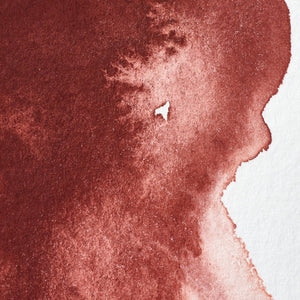
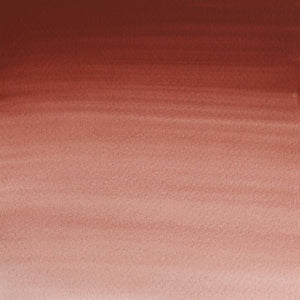
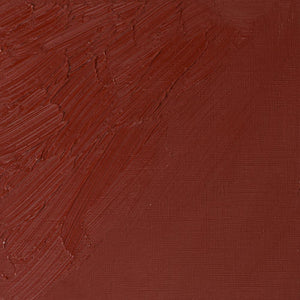
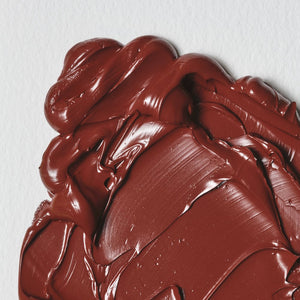
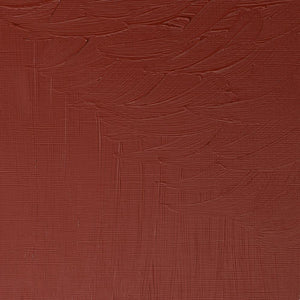
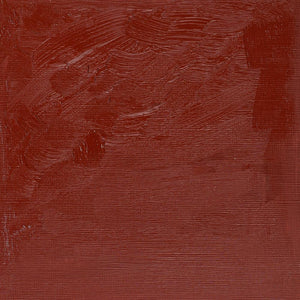
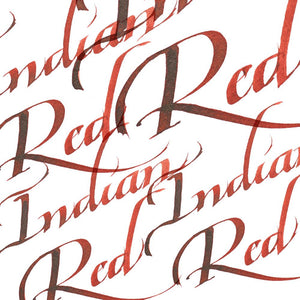
![WN PWC KAREN KLUGLEIN BOTANICAL SET [FRONT]](http://www.winsornewton.com/cdn/shop/files/136444.jpg?crop=center&v=1740654068&width=20)
![WN PWC KAREN KLUGLEIN BOTANICAL SET [OPEN 2]](http://www.winsornewton.com/cdn/shop/files/136447.jpg?crop=center&v=1740654068&width=20)
![WN PWC ESSENTIAL SET [FRONT]](http://www.winsornewton.com/cdn/shop/files/137583.jpg?crop=center&v=1740762356&width=20)
![WN PWC ESSENTIAL SET [OPEN]](http://www.winsornewton.com/cdn/shop/files/137581.jpg?crop=center&v=1740762356&width=20)
![W&N GALERIA CARDBOARD SET 10X12ML [B014096] 884955097809 [FOP]](http://www.winsornewton.com/cdn/shop/files/138855.jpg?crop=center&v=1740761853&width=20)
![W&N GALERIA CARDBOARD SET 10X12ML 884955097809 [OPEN]](http://www.winsornewton.com/cdn/shop/files/138856.jpg?crop=center&v=1740761853&width=20)

![W&N PROMARKER 24PC STUDENT DESIGNER 884955043295 [FRONT]](http://www.winsornewton.com/cdn/shop/files/78674_d4d78a69-7150-4bf4-a504-3cb5304b0f80.jpg?crop=center&v=1721326116&width=20)

![W&N PROFESSIONAL WATER COLOUR TYRIAN PURPLE [SWATCH]](http://www.winsornewton.com/cdn/shop/files/136113.jpg?crop=center&v=1724423390&width=20)
![W&N WINTON OIL COLOUR [COMPOSITE] 37ML TITANIUM WHITE 094376711653](http://www.winsornewton.com/cdn/shop/files/9238_5073745e-fcfe-4fad-aab4-d631b84e4491.jpg?crop=center&v=1721326117&width=20)
![W&N WINTON OIL COLOUR [SPLODGE] TITANIUM WHITE](http://www.winsornewton.com/cdn/shop/files/131754_19b392ee-9bf6-4caf-a2eb-0356ec1c660a.jpg?crop=center&v=1721326118&width=20)